Partridge Berry
- October 10, 2023
- 0 comment
Partridge Berry, scientifically known as Mitchella repens, is a charming and delicate perennial plant native to North America. This petite evergreen herb is a member of the Rubiaceae family and is renowned for its unique twin-lobed leaves and bright scarlet berries. Partridge Berry is a ground-hugging plant that typically grows in shaded woodlands and forested areas, forming dense mats that carpet the forest floor.


Its small, trumpet-shaped white flowers bloom in pairs and produce distinctive fused berries, often referred to as “twinberries.” These berries are not only visually appealing but also hold cultural significance for various indigenous peoples, who have historically used them for medicinal and culinary purposes. Partridge Berry is celebrated not only for its aesthetics but also for its role in providing habitat and food for wildlife, making it a valuable and cherished component of North America’s natural ecosystems.
| Characteristics | Description |
| Scientific Name | Mitchella repens |
| Family | Rubiaceae |
| Habitat | Shaded woodlands, forested areas |
| Growth Habit | Low-growing, creeping perennial |
| Leaves | Twin-lobed, evergreen |
| Flowers | Small, white, trumpet-shaped, in pairs |
| Fruit | Distinctive fused berries often referred to as “twinberries” |
| Color | Bright scarlet when ripe |
| Cultural Significance | Historically used for medicinal and culinary purposes by indigenous peoples |
| Ecological Role | Provides habitat and food for wildlife |
| Native Range | North America |
Botanical Beauty of “Partridge Berry”

Hidden beneath the lush canopy of North American woodlands lies a botanical gem that captures the hearts of nature enthusiasts and botany admirers alike – the Partridge Berry (Mitchella repens). This diminutive perennial, with its delicate evergreen leaves and striking twin-lobed design, is a testament to the beauty that can be found on the forest floor. Let’s delve into the world of the Partridge Berry and discover its unique allure.
Woodland Elegance
The Partridge Berry, also known as squaw vine, is a master of understated elegance. Its low-growing habit allows it to form lush, green mats across shaded woodlands and forested areas. The plant’s charming twin-lobed leaves remain evergreen throughout the year, providing a touch of color and life even in the depths of winter. Above the leaves, small, trumpet-shaped white flowers bloom in pairs, creating a dainty display that contrasts beautifully with the forest’s muted tones.
Ecological Importance
Beyond its aesthetic charm, the Partridge Berry plays a vital role in its ecosystem. Wildlife relies on this unassuming plant for sustenance and shelter. The bright scarlet berries that follow the flowers provide a crucial food source for various animals, including birds and small mammals. Additionally, Partridge Berry’s creeping growth habit helps stabilize soil, preventing erosion and maintaining the integrity of the forest floor.
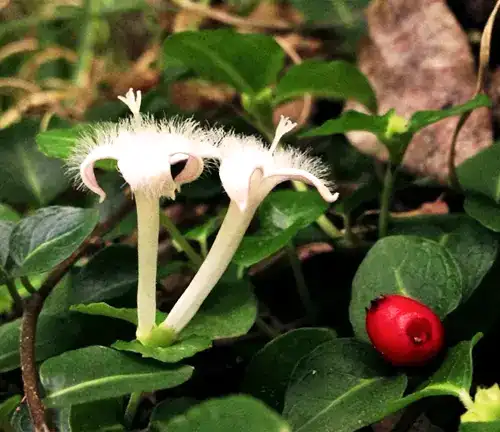
Cultivation and Conservation
While Partridge Berry is primarily a wild plant, it has also found its way into cultivation due to its unique beauty and ecological benefits. Cultivating Partridge Berry requires replicating its natural habitat, with partial to full shade and well-draining, acidic soil. Conservation efforts are vital to ensure the survival of this species, as it faces threats from habitat destruction and overharvesting.
Fragrance
One of the delightful surprises of Partridge Berry is its subtle, sweet fragrance. Though not overpowering, the scent adds to the overall sensory experience when walking through woodlands where Partridge Berry thrives. The fragrance is often noted by those who take the time to appreciate this unassuming plant up close.
Soil Stabilization
Partridge Berry’s role in soil stabilization is a silent but significant contribution to forest ecosystems. Its mat-forming growth pattern helps hold soil in place, preventing erosion and the loss of valuable topsoil. This function aids in maintaining the health and integrity of the forest floor, benefiting both the plant itself and the broader ecosystem.
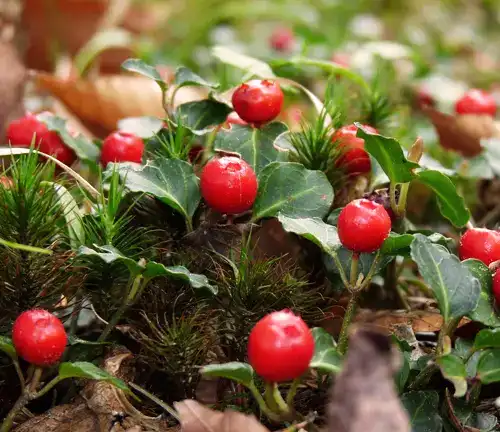
Common Uses
Throughout history, indigenous peoples recognized the value of Partridge Berry for more than just its ecological importance. Traditionally, it was used for medicinal and culinary purposes. The bright red berries were consumed fresh or dried and used in various remedies, earning Partridge Berry a place in the rich tapestry of indigenous herbal knowledge.
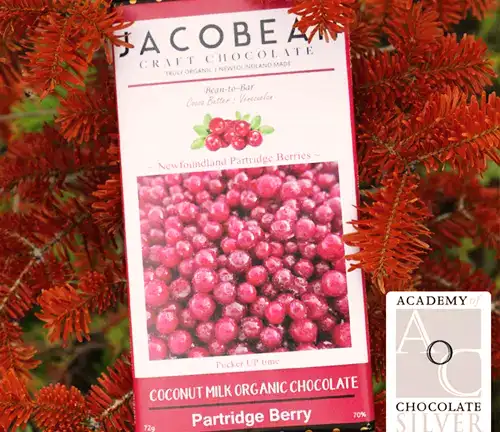
Benefits
The Partridge Berry’s significance extends beyond its immediate beauty and utility. It serves as a reminder of the intricate relationships within ecosystems, where even the tiniest plants play a crucial role. Its cultivation can be a boon for those seeking to enhance the biodiversity and stability of their woodlands, while its cultural and historical significance adds depth to our understanding of native traditions and herbal medicine.
In conclusion, the Partridge Berry is a botanical treasure nestled in North American woodlands. Its aesthetic charm, ecological importance, and cultural significance make it a plant worth celebrating and preserving. As we explore the natural world around us, let us not forget to admire the subtle beauty and vital contributions of unassuming species like the Partridge Berry.
Frequently Asked Questions
- What is Partridge Berry, and where is it found?
Partridge Berry, or Mitchella repens, is a low-growing perennial plant native to North America. It is commonly found in shaded woodlands and forested areas. - What are the distinctive features of Partridge Berry?
Partridge Berry is known for its twin-lobed evergreen leaves, small white flowers that bloom in pairs, and bright scarlet berries that follow the flowers. - Is Partridge Berry edible?
Yes, the berries of the Partridge Berry are edible. They are sometimes consumed fresh, used in culinary applications, or dried for various purposes. - What is the cultural significance of Partridge Berry?
Partridge Berry has a history of traditional use among indigenous peoples for medicinal and culinary purposes. It holds cultural significance in some native traditions. - How can I cultivate Partridge Berry in my garden?
Partridge Berry can be cultivated in a garden with partial to full shade and well-draining, acidic soil. It is often grown for its aesthetic appeal and ground cover qualities. - What is the ecological importance of Partridge Berry?
Partridge Berry provides habitat and food for wildlife, including birds and small mammals. Its creeping growth habit helps stabilize soil, preventing erosion in woodland ecosystems. - Are there any conservation concerns related to Partridge Berry?
Partridge Berry faces threats from habitat destruction and overharvesting in some regions, making conservation efforts important for its survival. - Can Partridge Berry be used for herbal remedies?
Traditional herbal uses of Partridge Berry include remedies for various ailments, but it’s essential to consult with a knowledgeable herbalist or healthcare professional for safe usage. - Does Partridge Berry have any fragrant qualities?
Yes, Partridge Berry is known for its subtle, sweet fragrance, which adds to the sensory experience when encountered in woodlands. - How does Partridge Berry contribute to soil stabilization in forests?
Partridge Berry’s mat-forming growth pattern helps prevent soil erosion, which is crucial for maintaining the health and integrity of forest ecosystems.


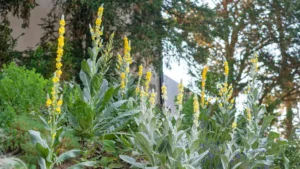
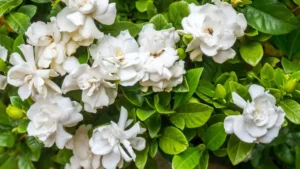
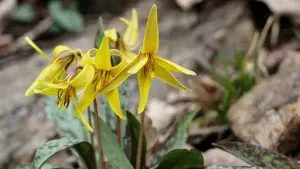
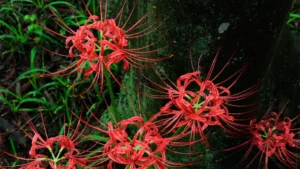
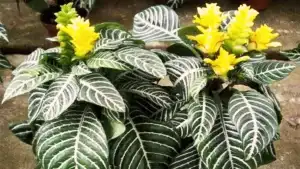
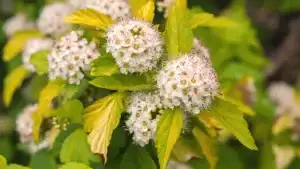
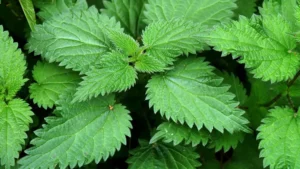



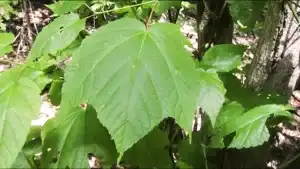
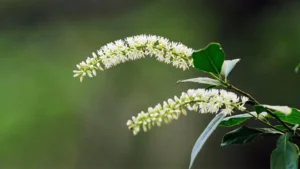
Leave your comment